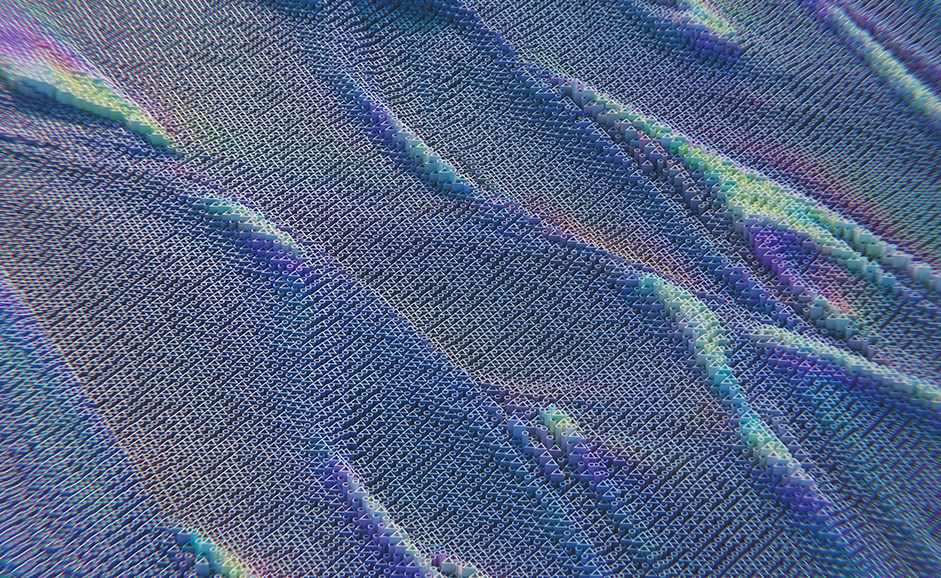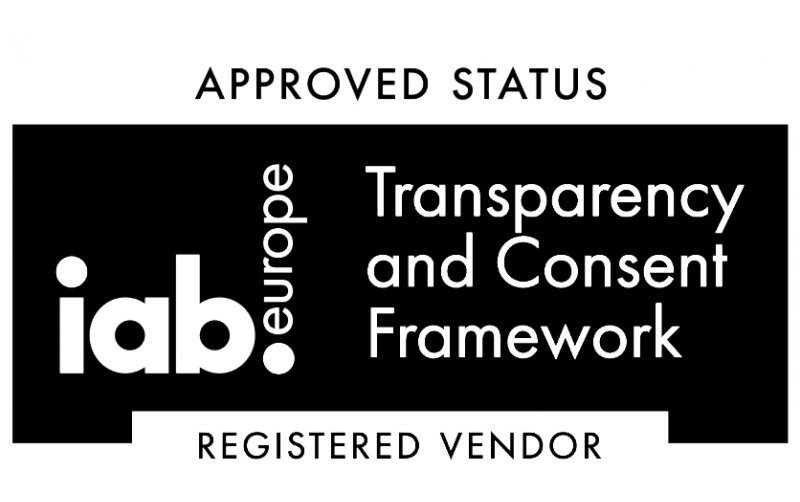The Integration of IoT in Sports

From smartphones to wearable technology, IoT is enabling a level of connectivity and efficiency like never before. Its ability to connect and analyze data has made it one of the most important inventions of the 21st century, being applicable to practically every aspect of our lives. When it comes to sports, IoT is revolutionizing how sports are played, managed, and experienced, offering unprecedented insights into performance, safety, and fan engagement.
This article explores how IoT is reshaping the sports industry, focusing on its applications in athlete performance, injury prevention, fan engagement, and facility management.
Wereable Technology and Smart Equipments
One of the most visible applications of IoT in sports is wearable technology. Or, in other words, devices like smartwatches, fitness bands, and advanced sensors embedded in clothing or gear track metrics such as heart rate, oxygen levels, speed, and motion. These are the most common types:
Real-time performance monitoring: wearables provide coaches and athletes with instant feedback, enabling them to fine-tune techniques and strategies.
Data-driven training: platforms like Catapult and WHOOP use IoT to analyze historical performance data, helping athletes optimize their training regimens.
On the other hand, IoT-powered equipment like basketballs, tennis rackets, and soccer balls come with embedded sensors that measure metrics such as spin, velocity, and impact. For example:
Wilson X connected basketball: tracks shooting accuracy and provides feedback through a connected app.
Smart tennis sensors: devices like Babolat Play record swing metrics, helping players refine their strokes.
Monitoring Athlete Health and Injury Recovery
IoT technology plays a crucial role in preventing injuries by monitoring an athlete’s physical condition in real time. Wearables and connected devices can detect signs of fatigue, dehydration, or stress, alerting trainers to potential risks. These are the most usual applications:
Heat stress management: IoT sensors can track body temperature and hydration levels, helping prevent heat-related illnesses.
Concussion detection: helmets with embedded sensors, like those developed by Riddell, measure the impact of hits to identify possible concussions.
Similarly, IoT devices also aid in rehabilitation by tracking recovery progress and ensuring compliance with prescribed therapy routines. Connected braces and physiotherapy tools enable remote monitoring by medical professionals, making recovery more efficient.
Smart Stadiums and Immersive Experiences at Home
Talking about fan experience, IoT enhances the spectator experience in «smart stadiums,» where connected systems improve convenience, comfort, and engagement. Features include:
Seamless entry: digital tickets and facial recognition technology streamline entry.
Interactive experiences: apps provide real-time stats, instant replays, and augmented reality (AR) features.
Connected concessions: IoT-enabled kiosks reduce wait times by offering mobile ordering and contactless payments.
IoT technology is also transforming how fans watch sports at home. Smart TVs, voice assistants, and connected devices provide:
Customizable feeds: fans can select specific angles, follow individual players, or access detailed analytics.
Fantasy sports integration: IoT systems sync live game data with fantasy sports platforms, enhancing the experience for enthusiasts.
Improving Facility and Team Management
IoT optimizes the management of sports facilities by integrating systems for lighting, climate control, and security. Smart stadiums use connected devices to:
Reduce energy consumption: automated lighting and HVAC systems adapt based on occupancy and weather conditions.
Enhance security: IoT-enabled cameras and sensors monitor crowd movement, ensuring safety.
IoT simplifies logistics for teams, improving travel coordination, equipment management, and scheduling. GPS trackers and connected systems help teams minimize disruptions and maximize efficiency during events and training.
Challenges in IoT Adoption
However, not everything is ideal. The integration of IoT in sports comes with challenges like the followings:
Data security and privacy: the vast amount of data collected raises concerns about unauthorized access and misuse. Protecting athlete and fan information is critical.
High costs: implementing IoT systems, especially in large-scale operations like stadiums, requires significant investment.
Technical integration: ensuring seamless compatibility between devices, platforms, and legacy systems can be complex.
Conclusion
The integration of IoT in sports is transforming the industry by enhancing athlete performance, improving safety, and revolutionizing fan experiences. While challenges like data security and high costs remain, advancements in technology promise an exciting future for IoT applications in sports. By embracing these innovations, stakeholders can create smarter, safer, and more engaging environments for athletes and fans alike.
Stay tuned!

- Contacto DPO: privacy@telecoming.com
- Finalidad del tratamiento: suscripción al blog.
- Legitimación del contrato: consentimiento.
- Destinatario de cesiones o transferencias: no se efectúan transferencias de datos fuera de la UE.
- Derechos de las personas interesadas: acceso, rectificación, supresión, oposición, limitación del tratamiento, portabilidad de los datos e interposición de reclamación ante la AEPD.




